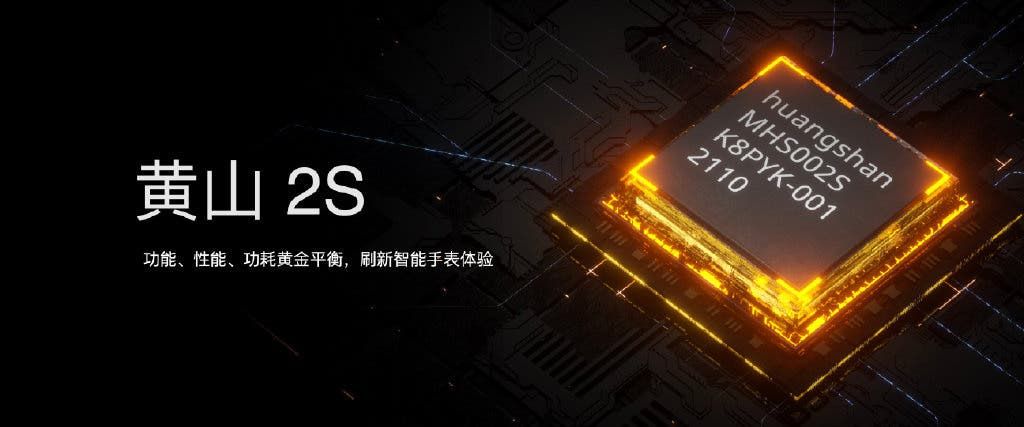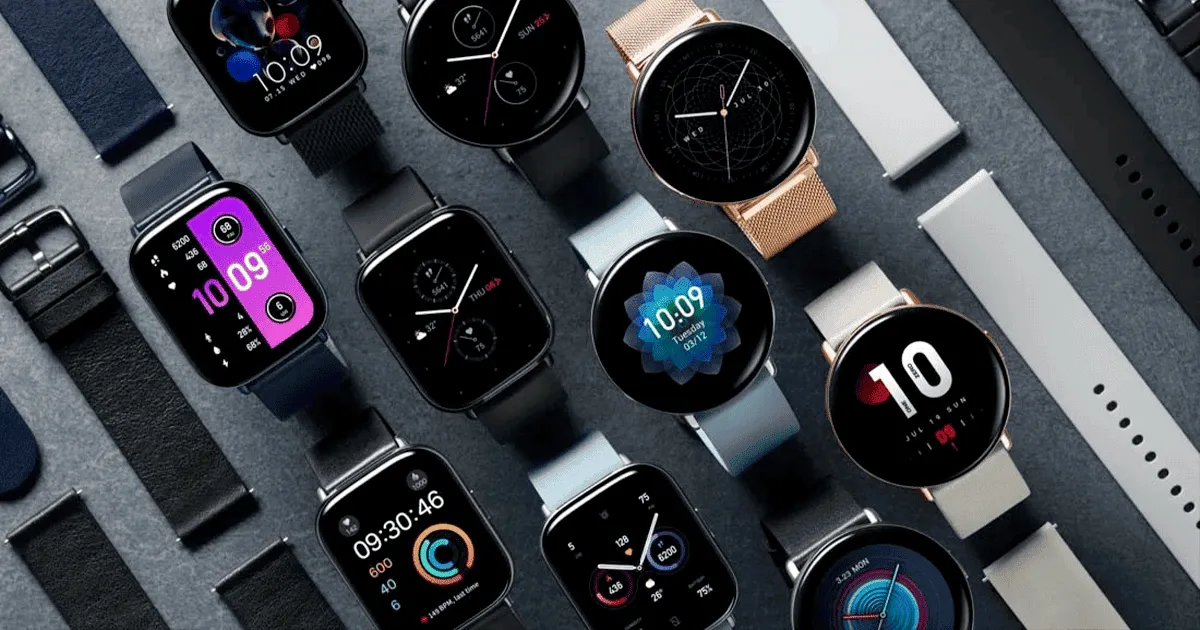Huami Technology held the Next Beat conference today. At the event, the Xiaomi-related company uncovered its own wearable chip and OS.
Huangshan 2S Chip For Wearables
A couple of years ago, Huami independently developed the first artificial intelligence chip Huangshan No. 1 in the global smart wearable field. In June 20, it updated the Huangshan No. 2 with superior performance and power consumption. Thus, Huami has been working on its own chips for a long time.

The Huangshan 2S is the first wearable artificial intelligence processor with dual-core RISC-V architecture. The super-powerful core computing performance can support high-load calculations such as graphics and UI operations. The large-core system also integrates FPU to support floating-point operations. Compared with the previous Huangshan No. 2, the computing performance of the Huangshan 2S has been greatly improved. Also, the operating power consumption has been greatly reduced.

The Huangshan 2S chip integrates a 2.5D GPU, which can increase the graphics acceleration performance by 67% compared to Huangshan 2. Coming with a convolutional neural network acceleration processing unit, it can quickly identify the type of disease. Taking atrial fibrillation as an example, its recognition speed is 26 times faster than pure software calculation. The Huangshan 2S has been successfully taped out in March this year and will become one of the core chips of the third-generation Amazfit smartwatch.
Huami Technology stated that the company has invested an average of 410 million yuan ($63.4 million) in R&D expenses in the past three years. Last year, it invested 538 million yuan ($83.19 million), which is 2-3 times that of other emerging Internet companies and IoT smart hardware companies. The high R&D investment has produced more than 1,000 patents, nearly half of which are invention patents. There are nearly 100 core invention patent applications in the United States.
Huami Technology Has Its Own System - Zepp OS
Apart from making new chips, that is hardware, Huami Technology is also focusing on software. At today’s conference, the company announced the new wearable operating system Zepp OS. The company said the new system is lighter, smoother, more practical and healthier.

The bottom layer of Zepp OS is developed based on the FreeRTOS microkernel open source code. Although the system package is only 55MB in size, it is perfectly compatible with different configurations. Zepp OS has reduced operating power consumption by 65% and increased battery life by 190% compared to the previous version.

Zepp OS integrates many cool dynamic dials, and has a lot of smooth motion effects on different interfaces. Most of the interfaces on the watch achieve more than 60FPS, and the animation effects are smooth, delicate and vivid.
Zepp OS fully inherits the core value functions, the secondary screen functions for easy viewing of information. Based on the system development of the Zeus watch applet framework, developers can use declarative and descriptive JS API to develop watch applets.
Zepp OS optimizes power consumption to maintain 7×24h continuous health data monitoring; opens the applet framework to tailor health applets; powerful artificial intelligence algorithms can accurately measure human biological data and exercise indicators; stable and reliable Bluetooth channels allow health data to be stored on mobile phones; the IoT connection module of Zepp OS supports access to various smart products.
Zepp OS supports 4G/5G modules at the bottom, built-in Wi-Fi connection in the watch, integrates TCP/IP network protocol stack, and can initiate a network call to the cloud in an emergency; attaches great importance to privacy protection; the open cooperation platform can provide SDK and technical support for health research.
Zepp OS will be officially launched in the fourth quarter of this year.






Place comments
0 Comments
You are currently seeing only the comments you are notified about, if you want to see all comments from this post, click the button below.
Show all comments